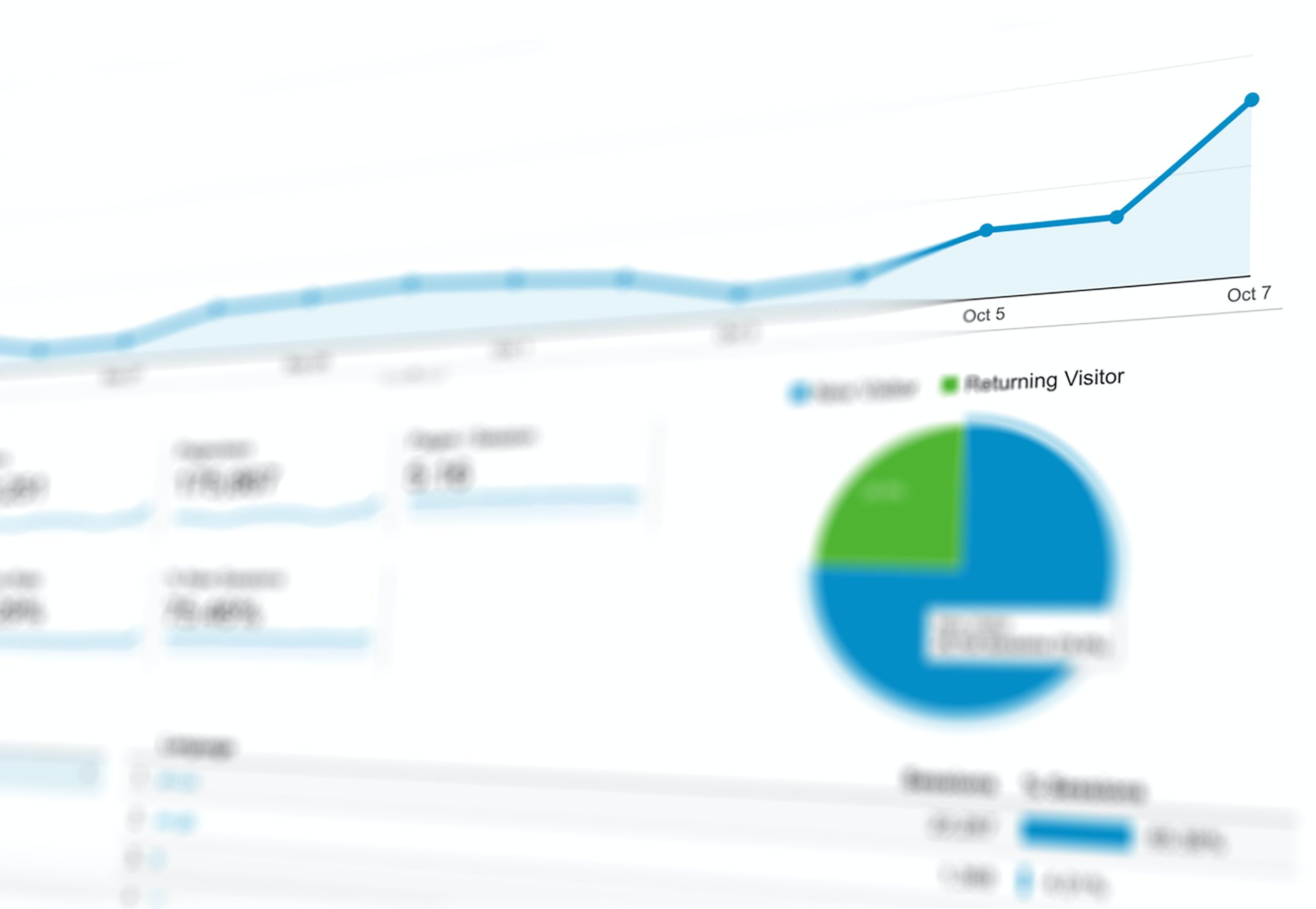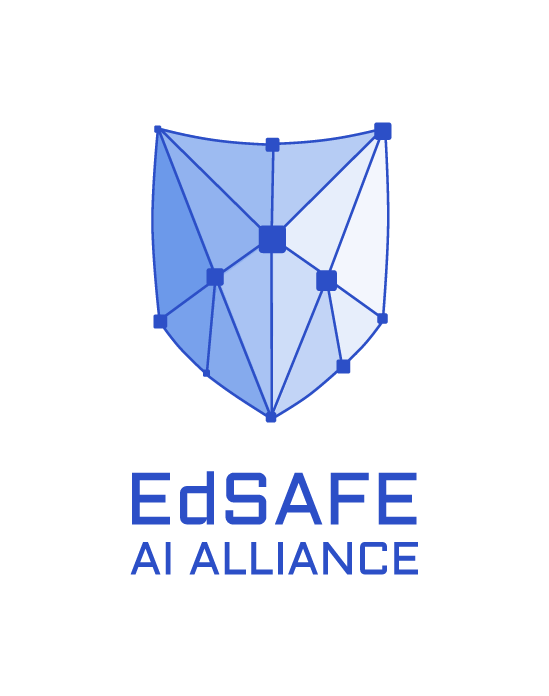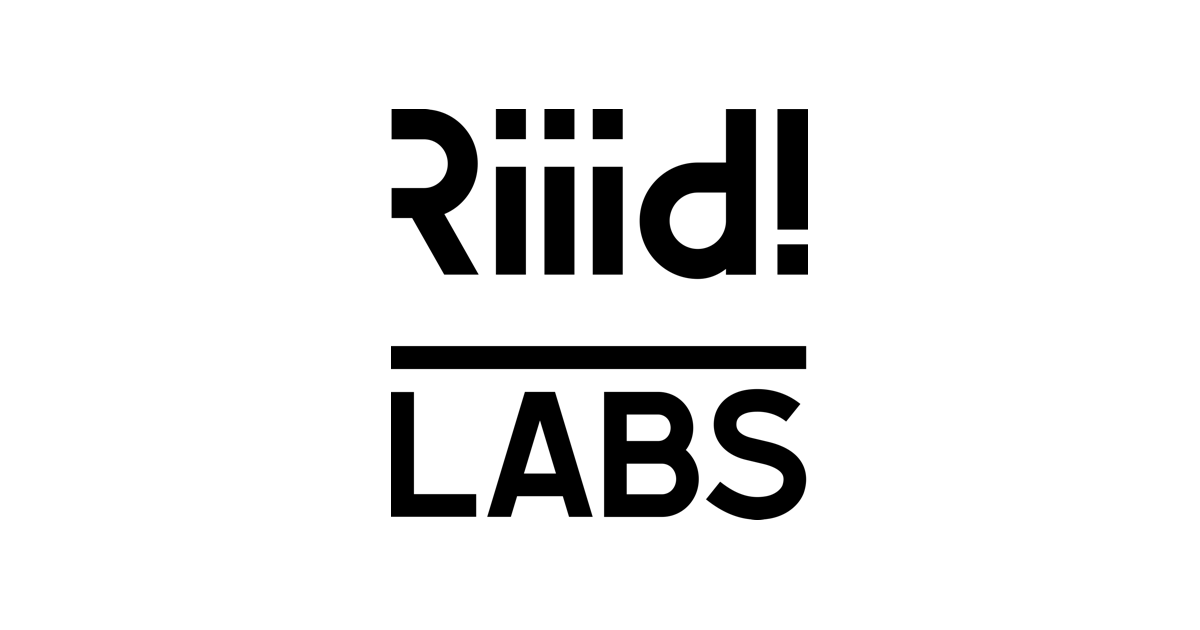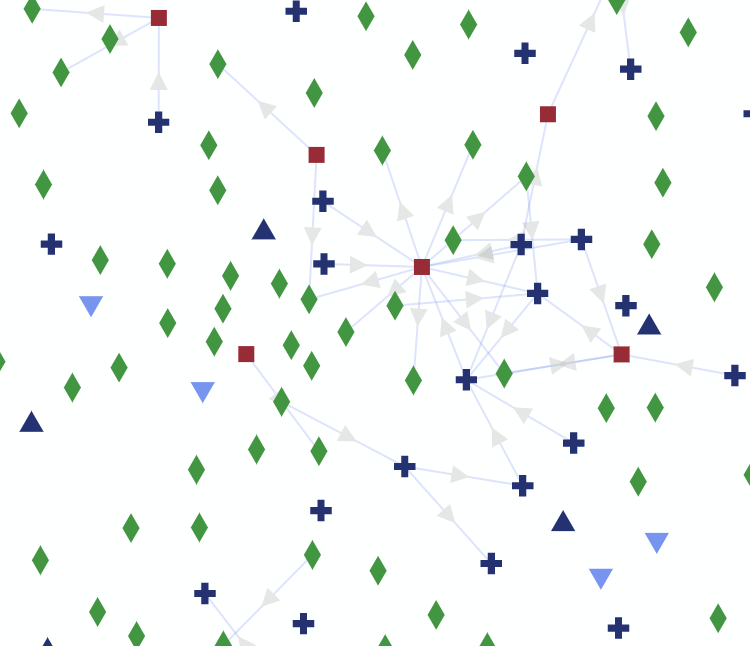When the 2020 school year started, there wasn’t a single administrator in the world who was prepared to deal with a fully remote student body. Changes had to be made quickly, effectively, and safely in the best interest of the students as well as the faculty and staff. Decisions that impacted funding, student success, matriculation, and most importantly, safety had to be made with the student body in mind first.
The Community College System of New Hampshire sought to significantly expand its abilities to utilize data-driven decisions to keep its students safe by growing a collaborative partnership with DXtera to optimize the use of all of their data. Their number one priority was ensuring students had what they needed to be successful. That meant ensuring everyone had access to wifi and connectivity and even ensuring food was available if students weren’t able to eat on campus. Emergency aid quickly became top of mind for the administration: looking at grading system changes, including moving to pass/fail where it made sense to do so, tuition assistance, and working with local employers so that students could get to work. CCSNH even worked with open-source software platforms to ensure that course materials didn’t become a financial burden on its student body.
The pandemic brought to light the major challenges facing education in the United States. Chronic underfunding and inequality were highlighted even more so when everyone was forced to learn from home. Those students and staff who relied on on-campus wifi and equipment to learn and work in person were left to grapple with the uncertainty of when they could safely return to campus. CCSNH made a decision early in 2020 to not return to business as usual, but to take the opportunity to lift up its underrepresented population.
54% of minority students who attend public higher education do so in community colleges but community colleges only get 54 cents to the dollar in federal funding
*Source: Inside Higher Ed
By using DXtera’s data management system, CCSNH will be able to quickly identify student enrollment patterns, as well as staffing needs, course enrollment, and budget allocation. Charles Ansell, former Chief Operating Officer for CCSNH, says “without data, decisions become anecdotal. We needed all systems to speak to each other without silos so that we could make the best decisions for our students and staff.”
He goes on to say, “Disparate data doesn’t support an agile reaction to what you know to be true based on quantification. Whether talking about enrollment, student learning, student completion, or even student aspirations. By having advanced data storage, interoperability, and cultural maturity, CCSNH was able to respond effectively in dire times.”
Hopefully, by the next academic year, colleges and universities will be able to resume life as normal. Robust campus life will come roaring back to pre-pandemic levels, and faculty, staff, and students alike will feel safe and supported while on campus. Even in a world where on-campus life becomes the norm again, the need for data will still be at the forefront of decision making. No one can predict the future or what learning patterns will look like, what professions the economy will demand from future generations, or what courses will be in demand. What we do know is that being agile with decision making through data will be in the best interest of everyone.
At colleges and universities across the world, making decisions that are in the best interest of students is what’s going to keep students safe and learning in the best environment. If you’re interested in learning more about how your organization can harness the power of data to make informed decisions, fill out the form below and we’ll show you how it works.















